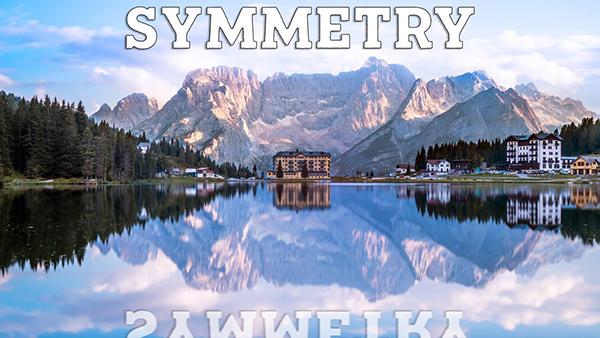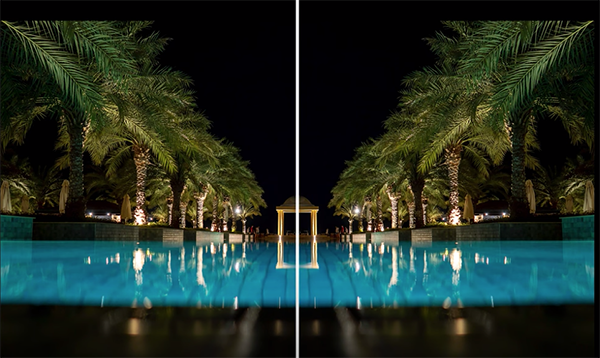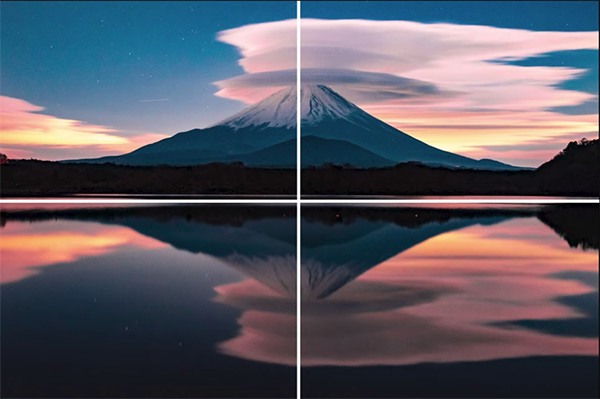SYMMETRY: The Secret Weapon for Shooting Epic Landscape Photos (VIDEO)

All good landscape photographers strive to create a style all their own to make their images immediately recognizable and stand out from the crowd. This goal is also important for amateur shooters who want to elevate their work to the next level.
Mike Smith is an accomplished British pro specializing in landscape photography, and he's also an adept instructor. In today's quick tutorial he reveals a "secret weapon" that's partially responsible for his success. The topic is composing a scene with symmetry in mind, and it's not a difficult technique to master.
Smith discusses the different types of symmetry and how to use them for to create images with maximum impact. He also demonstrates a method for combining symmetry and asymmetry to crease amazing photographs. These techniques can eliminate "chaos" and simplify complicated landscape scenes to create a powerful sense of order.

As Smith explains, symmetry occurs when a scene has two matching halves. He illustrates this concept by drawing a vertical line down the middle of a symmetrical photograph and flipping a copy of one side onto the other. As you'll see, both sides look exactly the same. Asymmetry, on the other hand, is the opposite.
The most common symmetrical form is horizontal, like in scenes with a lake in the foreground and hills in the background. In this situation, especially on calm days, the reflection in the bottom half of the photo becomes a mirror image of the top half. The trick here is to shoot from a low camera position and place the far edge of the lake down the center of the frame. You can even try this technique using a large puddle in the road.
As you may expect, vertical symmetry is another viable option, and Smith uses a photo of Japan's famous Mt. Fuji to illustrate how this works. Even though this iconic volcano isn't perfectly symmetrical, the balanced composition really works. You'll see how this technique is also very effective when photographing buildings and other man-made structures.

Smith presents a second stunning image of Mt. Fuji with a remarkable combination of vertical and horizontal symmetry. The foregoing is just a smattering of what Smith's reveals in this lesson, so watch until the end and put your newfound knowledge to work.
There's much more to see on Smith's instructional YouTube channel, so be sure to take a look when you have time.
And don't miss a tutorial we posted earlier from an image-editing exert, explaining how to add impact to landscape photos by using masks in Photoshop's Raw editor.














































